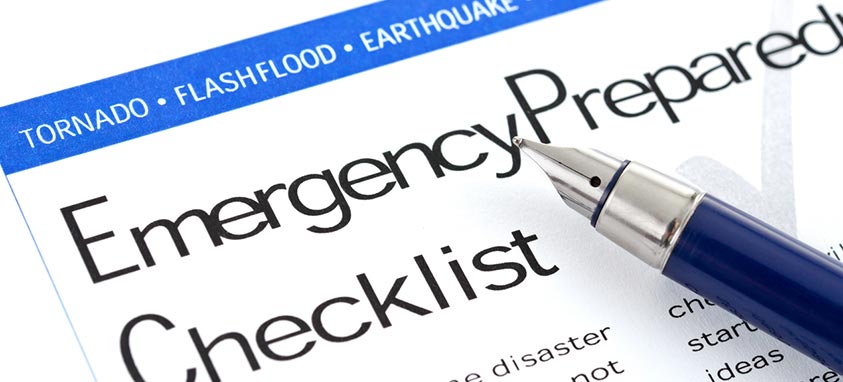As professional event planners grapple with security concerns at meetings, emergency preparedness has become a hot issue. Questions arise about who is responsible for ensuring that business meetings and association events are safe and secure environments (see “Zeroing In on Security” from the April issue of Smart Meetings magazine).
Regardless of who is responsible for handling security at hotels and other meeting venues, professional planners should prepare for worst-case scenarios—whether it be a power outage, an active shooter or the many other types of situations that develop.
One source of recommendations for dealing with tragedies at events is the U.S. Transportation Security Administration. This month, the TSA released guidelines to government, private industry and security personnel that respond to attacks at airports and other public venues.
The Public Area Security National Framework report recommends ways to prepare for—and possibly prevent—attacks, and then secure public spaces if one occurs. The recommendations are a result of last year’s terrorist attacks on airports in Brussels and Istanbul, as well as the 2017 shootings at Fort Lauderdale-Hollywood International Airport (FLL) in Florida.
“Government, industry and security stakeholders have a shared responsibility in developing this integrated framework because it requires a united effort to succeed,” the TSA report states, noting that drills provide first-responders the opportunity to identify obstacles. “These collaborative engagements help develop strategies for incident management and identify areas requiring additional partnerships or resources.”
Based on TSA’s recommendations, here is a list of tips for meeting planners to consider in preparing for emergencies.
Emergency Preparedness Tips
1. Cultivate Relationships with police, fire departments and other first-responders. Contact your local police department and schedule a meeting to discuss how to handle emergencies that might arise during an event or a meeting. Experts can offer advice about what to do—and what not to do—during a life-threatening situation.
2. Identify key individuals responsible for calling emergency medical personnel or contacting authorities if a life-threatening event occurs. Make sure you and the assigned team members have a list of correct phone numbers to call.
3. Develop a communications strategy in advance of the event. This should include community members, such as key convention and visitors bureau staff, hotel managers and venue employees responsible for coordinating actions during an emergency, including a fire or another life-threatening situation.
4. Expand threat awareness education through situational awareness campaigns, such as “See Something, Say Something.” Develop a list of suspicious activities to assist staff in monitoring behaviors that might indicate a potential threat. Make sure everyone in attendance at an event has registered for it, and don’t be shy about asking for identification.
5. Conduct workforce employee training with key individuals assigned to help monitor safety and security at events. Make sure everyone involved in security is aware of potential risks and how to respond if a threat occurs.
6. Organize and practice response drills with a law enforcement representative or another expert to demonstrate how best to respond during a life-threatening event such as an attendee suffering from a heart attack or someone wielding a weapon. Prepare a clear exit strategy for evacuations. Make copies of the room and venue floor plans. Distribute them to all attendees, with exits clearly marked.




